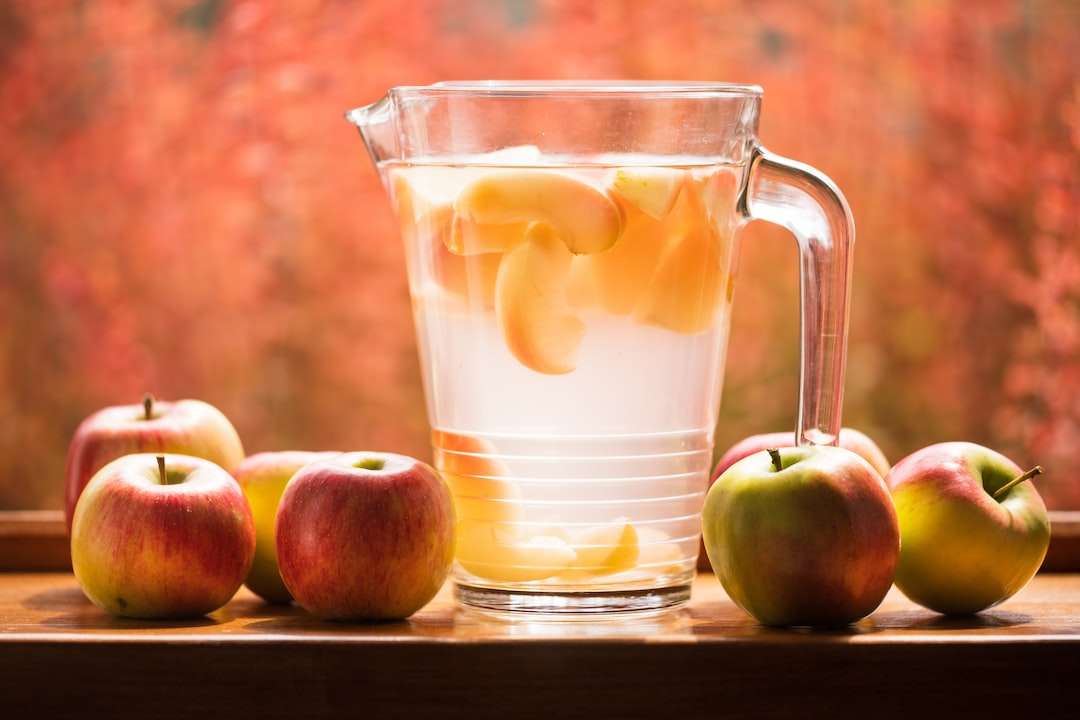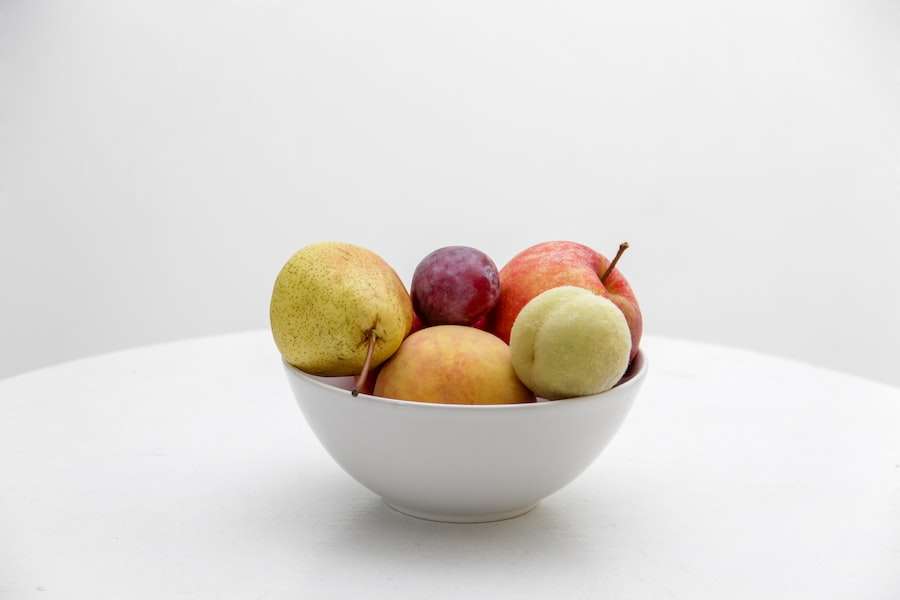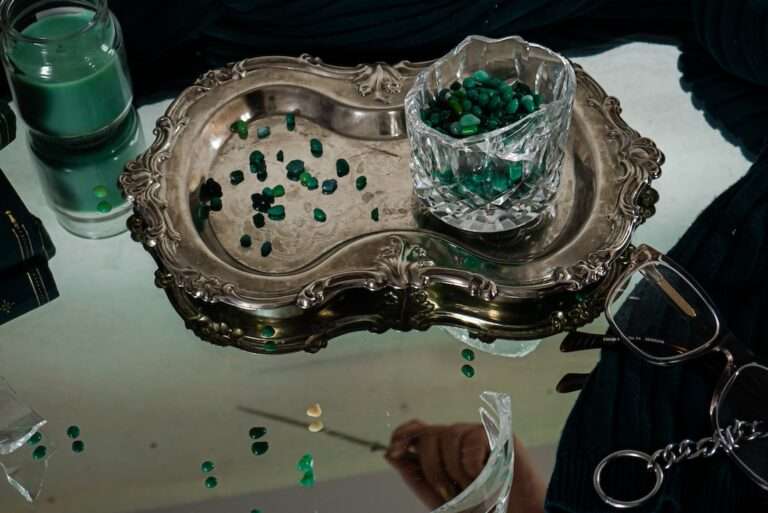Symbolism of Peaches: Exploring Their Significance in Art and Culture

Peaches have a long and rich history as a fruit of cultural significance. They have been revered and celebrated in various cultures around the world for centuries. From their symbolism in art and literature to their role in religious ceremonies and festivals, peaches hold a special place in human culture. In this blog post, we will explore the diverse cultural significance of peaches, from their symbolism in Chinese art and Western Renaissance paintings to their role in mythology and religious practices. We will also delve into the culinary significance of peaches, their health benefits, and their modern-day significance in pop culture and fashion.
The Symbolism of Peaches in Chinese Art and Literature
In Chinese art and literature, peaches are often associated with longevity and immortality. The peach tree is believed to be the tree of life, and its fruit is said to grant eternal youth to those who consume it. This symbolism is deeply rooted in Chinese culture, and peaches are often depicted in paintings, poetry, and other forms of art.
One famous legend that showcases the symbolism of peaches is the story of the Peach Blossom Spring. According to this legend, there is a hidden utopia where people live in harmony with nature. The entrance to this utopia is through a cave covered in peach blossoms. This story has been depicted in many works of art throughout Chinese history.
Peaches also play a significant role in Chinese New Year celebrations. They are considered a symbol of prosperity and good luck, and are often included in traditional New Year’s dishes. The peach’s round shape and vibrant color are believed to bring good fortune for the coming year.
Peaches in Western Art: A Symbol of Fertility and Abundance
In Western art, peaches have long been associated with fertility and abundance. During the Renaissance period, peaches were often depicted in paintings as a symbol of fertility and the abundance of nature. They were frequently included in still life paintings, where they represented the bountiful harvest and the pleasures of life.
The peach’s soft, velvety skin and juicy flesh made it a popular subject for still life painters. Artists such as Caravaggio and Jan van Huysum often included peaches in their works, using them to convey a sense of abundance and sensuality.
In Western culture, peaches are also associated with summer and the joys of the season. They are a popular fruit during the warmer months, and their sweet, juicy flavor is often enjoyed in desserts such as peach cobbler and peach pie. The peach’s association with fertility and abundance has also led to its use in celebrations of love and romance, such as weddings and anniversaries.
Peaches in Mythology: From Greek Goddesses to Japanese Folklore
Peaches have played a significant role in mythology across different cultures. In Greek mythology, the story of Persephone and the pomegranate is often associated with peaches. According to the myth, Persephone was abducted by Hades, the god of the underworld. While in the underworld, she ate six pomegranate seeds, which bound her to Hades for six months of the year. It is believed that during this time, the earth becomes barren and winter prevails. When Persephone returns to the surface world, spring arrives and the earth becomes fertile again. Peaches are often associated with this myth because they are believed to be the fruit that Persephone ate while in the underworld.
In Japanese folklore, there is a famous legend called “Momotaro and the Peach.” According to this legend, a childless couple finds a giant peach floating down a river. When they open the peach, they find a baby boy inside. They name him Momotaro, which means “Peach Boy.” Momotaro grows up to be a brave warrior who fights against evil and protects his village. This legend has been passed down through generations and is often depicted in Japanese art and literature.
Peaches also hold significance in Native American mythology. In some Native American tribes, peaches are believed to have healing properties and are used in spiritual practices. They are seen as a symbol of abundance and are often included in rituals and ceremonies.
The Role of Peaches in Religious Ceremonies and Festivals
Peaches have a significant role in religious ceremonies and festivals in various cultures. In Taoism, peaches are considered a sacred fruit and are often used in ceremonies and rituals. They are believed to have the power to ward off evil spirits and bring good fortune. Peaches are also associated with immortality in Taoism, and are often included in offerings to deities.
In Buddhism, peaches are seen as a symbol of enlightenment and spiritual nourishment. They are often used as offerings on altars and during religious ceremonies. Peaches are also associated with the Buddhist concept of the Three Treasures: Buddha, Dharma, and Sangha. The peach’s round shape represents the unity of these three treasures.
In Jewish culture, peaches hold significance during the holiday of Tu B’Shevat, also known as the New Year for Trees. On this day, it is customary to eat fruits that grow on trees, including peaches. The peach’s sweet flavor represents the sweetness of life, and its round shape symbolizes the cycle of life and renewal.
Peaches also play a role in Native American spiritual practices. In some tribes, peaches are seen as a sacred fruit that brings healing and protection. They are often used in rituals and ceremonies to honor the earth and give thanks for its abundance.
The Culinary Significance of Peaches: From Desserts to Drinks

Peaches have a rich culinary history and are used in a variety of dishes and beverages. In desserts, peaches are often used to create sweet and indulgent treats. Peach cobbler, peach pie, and peach crumble are just a few examples of the delicious desserts that can be made with this versatile fruit. The natural sweetness and juiciness of peaches make them a perfect ingredient for these types of desserts.
Peaches are also popular in the beverage world. Peach tea is a refreshing and flavorful drink that is enjoyed around the world. It can be served hot or cold, and is often sweetened with honey or sugar. Peach schnapps is another popular peach-flavored drink that is often used in cocktails. Its sweet and fruity flavor adds a unique twist to classic cocktails such as the Bellini and the Fuzzy Navel.
Peaches can also be used in savory dishes to add a touch of sweetness and acidity. Peach salsa, for example, is a delicious condiment that pairs well with grilled meats and fish. The combination of ripe peaches, tomatoes, onions, and spices creates a flavorful and refreshing salsa that can elevate any dish.
The Health Benefits of Peaches: A Fruit with Nutritional Value
In addition to their cultural significance and culinary uses, peaches also offer numerous health benefits. They are low in calories and fat, making them a healthy choice for those watching their weight. Peaches are also a good source of vitamins A and C, which are important for maintaining healthy skin and boosting the immune system.
Peaches are rich in antioxidants, which help protect the body against damage from harmful free radicals. They also contain dietary fiber, which aids in digestion and helps maintain a healthy weight. The high water content of peaches helps keep the body hydrated and promotes healthy skin.
In alternative medicine, peaches are believed to have various healing properties. They are often used in herbal remedies for digestive issues, such as indigestion and constipation. Peaches are also believed to have anti-inflammatory properties and can help reduce inflammation in the body.
The Cultural Significance of Peach Blossoms: A Symbol of Spring and Renewal
Peach blossoms hold a special place in many cultures as a symbol of spring and renewal. In Chinese culture, peach blossoms are associated with luck, love, and fertility. They are often depicted in art and literature as a symbol of beauty and femininity. The delicate pink flowers are believed to bring good fortune and happiness.
In Japan, peach blossoms are closely associated with cherry blossoms and are celebrated during the cherry blossom festivals. These festivals mark the arrival of spring and the beauty of nature’s renewal. Peach blossoms are often used in traditional Japanese art forms such as painting, poetry, and calligraphy.
In Western culture, peach blossoms are also seen as a symbol of spring and new beginnings. They are often included in floral arrangements and wedding bouquets to represent love, happiness, and fertility. The soft pink color of the blossoms adds a touch of romance and elegance to any setting.
The Modern-Day Significance of Peaches in Pop Culture and Fashion
Peaches continue to hold cultural significance in modern-day society, particularly in pop culture and fashion. In popular music and literature, peaches are often used as a metaphor for sensuality, desire, and femininity. Artists such as Prince, The Presidents of the United States of America, and Lana Del Rey have all referenced peaches in their songs.
In fashion, peach-colored clothing and accessories have become increasingly popular in recent years. The soft, warm hue is flattering on many skin tones and adds a touch of femininity to any outfit. Peach-colored dresses, blouses, and accessories can be seen on fashion runways and in retail stores around the world.
Peaches have also become a popular symbol in social media and internet culture. The peach emoji, for example, is often used to represent a person’s posterior or to convey a sense of flirtation or desire. The use of peaches in memes and viral videos has further solidified their place in modern-day pop culture.
The Enduring Symbolism of Peaches in Art and Culture
In conclusion, peaches have a long and enduring history as a fruit of cultural significance. From their symbolism in Chinese art and Western Renaissance paintings to their role in mythology and religious practices, peaches hold a special place in human culture. They are not only delicious and nutritious, but they also represent fertility, abundance, and renewal. Whether it’s in the form of peach blossoms, peach-flavored desserts and drinks, or peach-colored clothing and accessories, peaches continue to captivate our imaginations and inspire us in art, literature, and everyday life.
If you’re interested in exploring the symbolism of peaches, you might also find the article on the symbolism of the moon fascinating. The moon has long been associated with femininity, intuition, and emotions. Just like peaches, the moon represents cycles and transformation. To delve deeper into this symbolism, check out https://symbolismhub.com/what-does-the-moon-symbolize/.
FAQs
What is peach symbolism?
Peach symbolism refers to the use of peaches as a symbol or metaphor in various cultures, religions, and literary works.
What does a peach symbolize?
In many cultures, peaches symbolize longevity, good luck, prosperity, and fertility. They are also associated with immortality, as they were believed to grant eternal life in Chinese mythology.
What is the significance of peaches in Chinese culture?
Peaches are considered a symbol of immortality and are associated with the Taoist goddess Xiwangmu, who is also known as the Queen Mother of the West. In Chinese mythology, peaches of immortality grow in her garden and are eaten by the gods to grant them eternal life.
What is the significance of peaches in Japanese culture?
In Japan, peaches are associated with happiness, good fortune, and longevity. They are also believed to ward off evil spirits and protect against illness.
What is the significance of peaches in Western culture?
In Western culture, peaches are often associated with sensuality and sexuality. They are also used as a symbol of abundance and prosperity.
What literary works feature peach symbolism?
Peach symbolism can be found in various literary works, including “The Peach Blossom Spring” by Tao Yuanming, “The Tale of the Peach Boy” from Japanese folklore, and “James and the Giant Peach” by Roald Dahl.
What is the peach blossom festival?
The peach blossom festival is a traditional Chinese festival that celebrates the blooming of peach blossoms in the spring. It is often associated with love and romance and is celebrated with music, dancing, and feasting.





